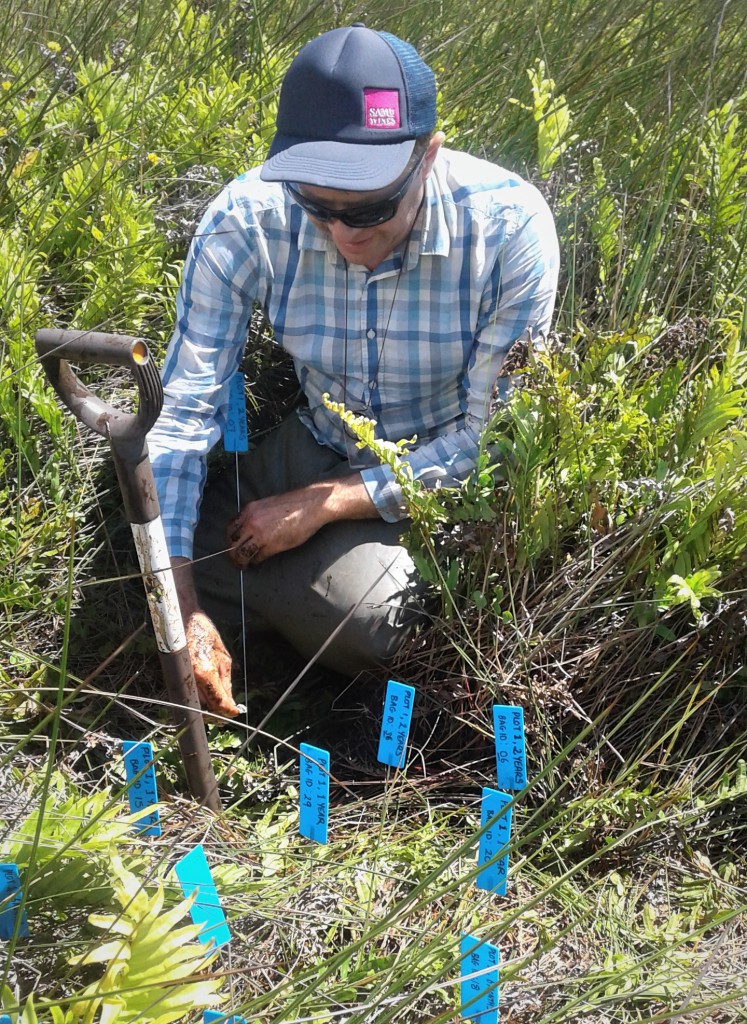Swamps, Tea Bags and Climate Change
So what do tea bags have to do with swamps?… and climate change?
A group of international researchers, with the help of citizen scientists, are using the humble tea bag to gain vital information on the global carbon cycle. This information will help them to create a global soil map and improve climate modelling!
NGT recently participated in the project, in association with Deakin University’s Blue Carbon Lab, and we buried several hundred tea bags in swamps in south-west Victoria and also the South East and Fleurieu Peninsula regions in SA. These tea bags will be dug up at intervals over the next three years to see how much carbon our swamps are storing.
How do tea bags tell us about soil carbon?
Tea bags are filled with organic matter (tea leaves). These are buried in the soil for varying durations, and the before and after dried weight recorded to see how fast the tea has decomposed in the soil. When organic matter decays, it releases both nutrients and carbon dioxide. When organic matter decays slowly, carbon is stored in the soil.
Including swamps in this project will help us understand the role of our unique swamps in the global carbon cycle and their importance for mitigating climate change; putting our swamps ‘on the map’ and helping advocate for their protection and restoration.
For more information and how to be involved as a citizen scientist visit the Tea Bag Index website.


